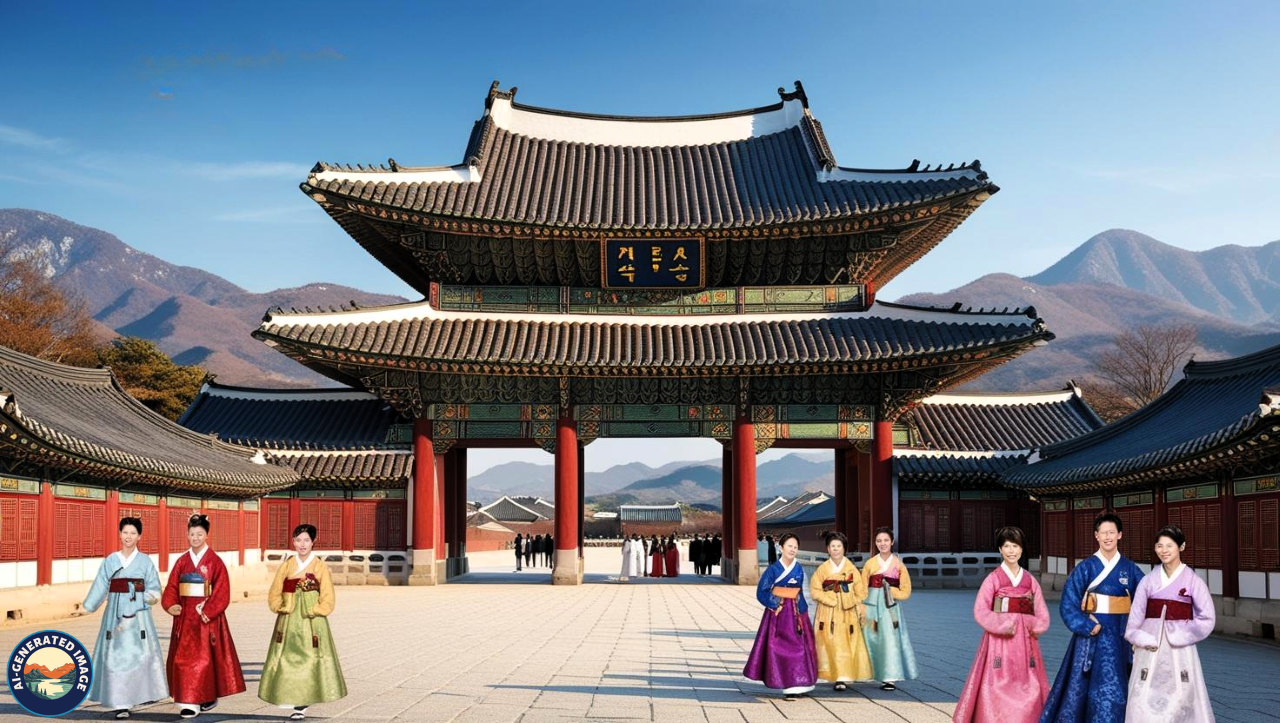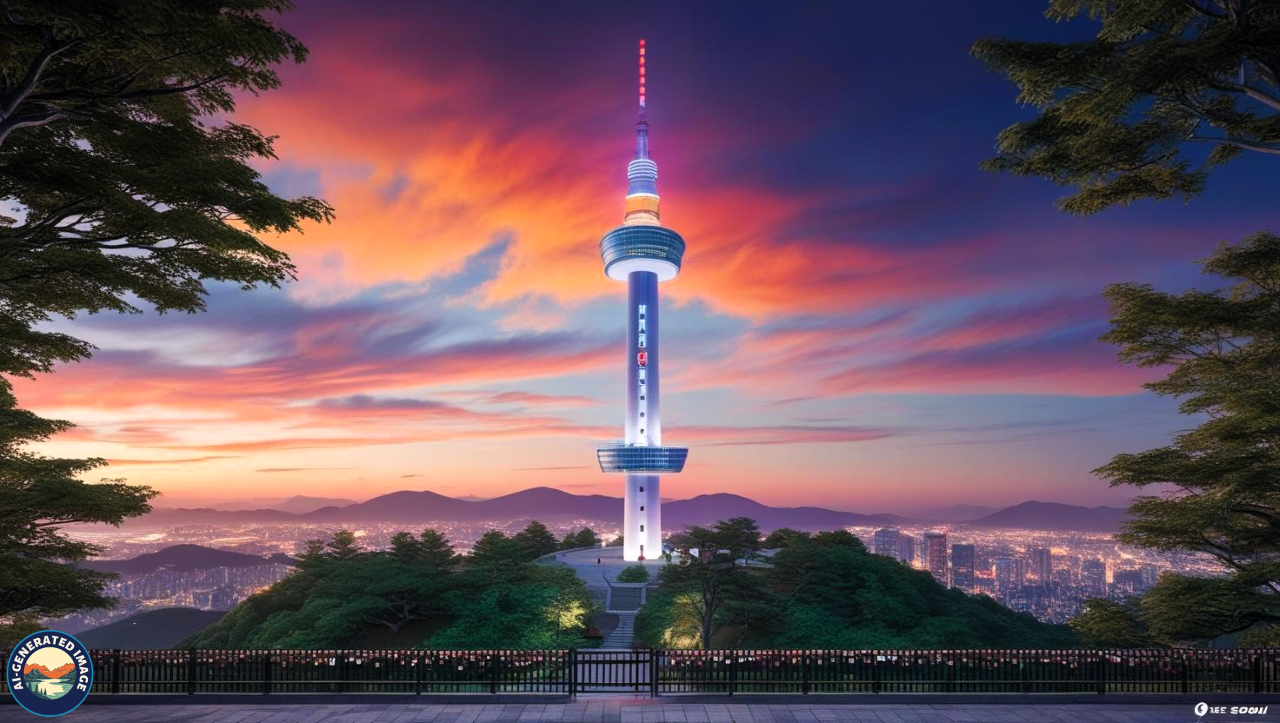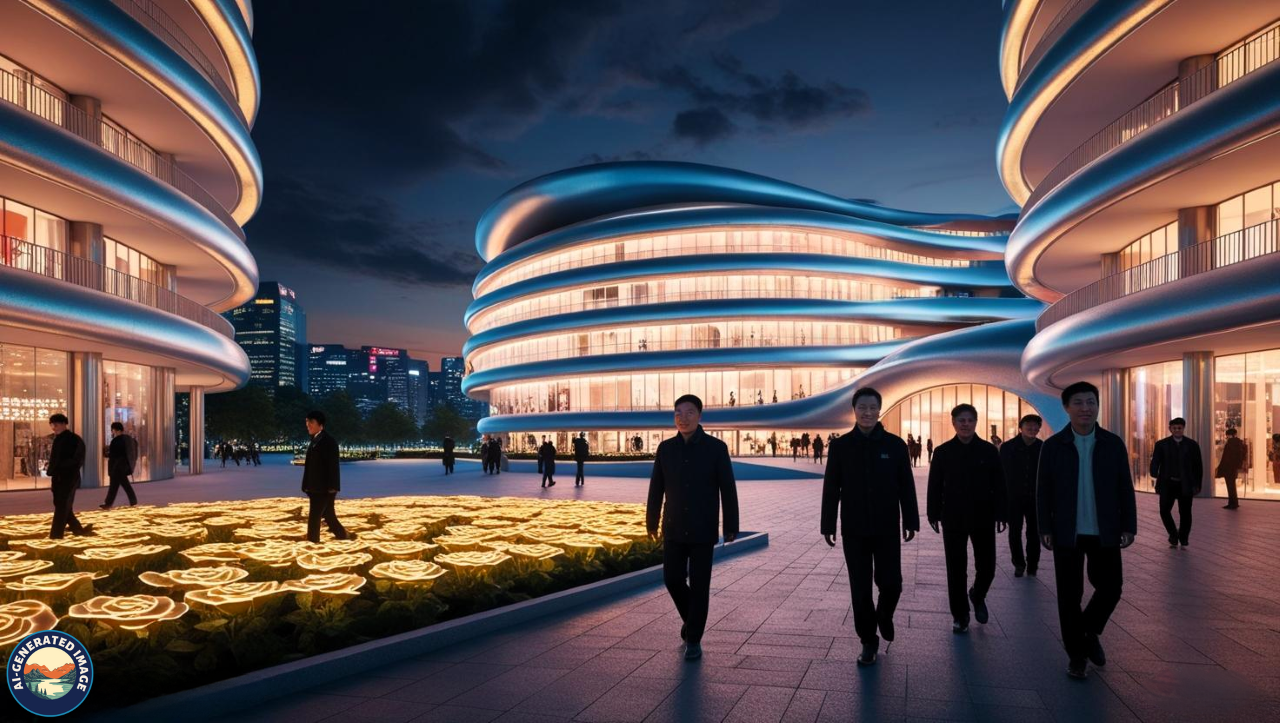Introduction
Seoul, the capital of South Korea, is a vibrant city where age-old traditions coexist with cutting-edge technology. As one of Asia’s most dynamic urban centers, Seoul boasts a rich history, a thriving cultural scene, and a futuristic skyline. From ancient palaces and serene temples to bustling street markets and modern skyscrapers, the city offers an eclectic mix of experiences.
This comprehensive guide explores everything that makes Seoul a must-visit destination—from its historical roots to iconic landmarks, delicious cuisine, vibrant neighborhoods, and essential travel tips. Whether you’re a first-time visitor or planning a return trip, this guide has everything you need to make the most of your journey.
A Glimpse into Seoul’s History
Seoul’s history spans more than 2,000 years, but its modern prominence began in 1394 when it was named the capital of the Joseon Dynasty under the name Hanyang. This period saw the construction of the city’s most iconic palaces, such as Gyeongbokgung, which remain significant historical sites today.
Throughout the 20th century, Seoul faced dramatic changes. It endured Japanese colonization, the Korean War, and a period of rapid industrialization. Despite these challenges, Seoul rose from the ashes to become one of the world’s leading tech and culture hubs.
Today, Seoul is a city where traditional hanok villages sit alongside gleaming skyscrapers—a symbol of resilience and progress.
Top Attractions
Gyeongbokgung Palace
Built in 1395, Gyeongbokgung Palace is the largest of the Five Grand Palaces of the Joseon era. Though damaged during invasions and wars, it has been beautifully restored. Don’t miss the changing of the guard ceremony, a lively reenactment held at the main gate.

Visitors dressed in hanbok (traditional Korean clothing) enjoy free admission, making it a popular photo opportunity and cultural experience.
Bukchon Hanok Village
Nestled between two historic palaces, Bukchon Hanok Village features hundreds of preserved hanok homes. Some have been converted into cultural centers, art galleries, guesthouses, and cafés, while others remain private residences.
Wandering through the narrow lanes offers a glimpse into traditional Korean architecture and a slower, quieter pace of life.
N Seoul Tower
Perched atop Namsan Mountain, N Seoul Tower provides sweeping city views. Visitors can take a cable car or hike up the mountain for the full experience. Couples often leave love locks on the fences, a romantic ritual symbolizing lasting love.

At night, the tower is illuminated with vibrant colors, offering a dazzling spectacle.
Insadong
A treasure trove of Korean culture, Insadong is known for its antique shops, art galleries, and traditional tea houses. On weekends, street performers and artists add to the vibrant atmosphere. It’s an excellent spot to buy souvenirs and handcrafted goods.
Dongdaemun Design Plaza (DDP)
Designed by renowned architect Zaha Hadid, DDP is a futuristic structure that hosts exhibitions, fashion shows, and cultural events. The LED rose garden outside is especially popular at night.

The surrounding Dongdaemun Market is a shopper’s paradise, with stores open late into the night.
Cheonggyecheon Stream
This 11-kilometer urban stream, once covered by concrete, has been revitalized into a scenic escape in the heart of the city. Lined with walking paths, bridges, and public art installations, Cheonggyecheon is ideal for a relaxing stroll.
Experiencing Korean Culture
Seoul offers endless ways to immerse yourself in Korean culture:
-
Wear a hanbok and explore historical sites in traditional attire.
-
Unwind in a jjimjilbang (Korean sauna), such as Dragon Hill Spa or Siloam Sauna.
-
Discover the world of K-pop through themed cafés, entertainment agency tours, and idol museums.
-
Learn basic Korean phrases like “Annyeonghaseyo” (hello) and “Kamsahamnida” (thank you) to enhance interactions.
Cultural appreciation goes a long way in Seoul, where hospitality and politeness are highly valued.
Seoul’s Food Scene: A Culinary Adventure
Street Food Favorites
Street food is an essential part of Seoul’s culinary identity. Myeongdong is famous for its stalls serving:
-
Tteokbokki –
-
Spicy rice cakes in a rich, red sauce
-
Hotteok –
-
Sweet pancakes filled with brown sugar and nuts
-
Odeng –
-
Fish cakes on skewers served in hot broth
-
Gimbap –
-
Seaweed rice rolls filled with vegetables or meat
Visit Gwangjang Market for more local favorites like bindaetteok (mung bean pancakes) and mayak gimbap, small, addictive rice rolls.
Iconic Korean Dishes
You can’t leave Seoul without tasting some of Korea’s most beloved dishes:
-
Bibimbap –
-
A colorful rice bowl topped with assorted vegetables, a fried egg, and spicy gochujang
-
Bulgogi –
-
Thinly sliced marinated beef, grilled to perfection
-
Samgyeopsal –
-
Grilled pork belly eaten with dipping sauces and lettuce wraps
-
Kimchi –
-
Fermented vegetables are served with almost every meal
Many restaurants now offer vegetarian, vegan, and halal-friendly options, especially in Itaewon.
Dessert & Café Culture
Seoul’s café scene is innovative and Instagram-worthy. Visit cafés in Hongdae, Ikseon-dong, or Seongsu-dong for unique interiors and delicious desserts.
Must-try sweet treats include:
-
Bingsu –
-
Shaved ice topped with fruits, red beans, or matcha
-
Dalgona candy –
-
A nostalgic sugar snack made famous by Squid Game
-
Soufflé pancakes –
-
Light, fluffy, and picture-perfect
Best Neighborhoods to Explore
Hongdae
A lively district known for its youthful energy, Hongdae is packed with art, live music, indie shops, and street performances. It’s particularly popular with students and creatives.
Gangnam
Synonymous with luxury, Gangnam features upscale boutiques, posh cafés, and glitzy nightlife. The COEX Mall offers shopping, dining, and even an aquarium under one roof.
Itaewon
A multicultural neighborhood, Itaewon is ideal for international food, diverse nightlife, and inclusive spaces. From halal eateries to rooftop bars, it caters to all tastes.
Samcheong-dong
Located near Gyeongbokgung Palace, this charming area combines tradition and creativity. It’s filled with artisan boutiques, art galleries, and cozy cafés in restored hanok buildings.
Shopping
Seoul offers a shopping experience like no other:
-
Myeongdong:
-
Popular for K-beauty products, fashion, and street snacks
-
Dongdaemun:
-
Home to wholesale malls and night markets
-
Lotte & Shinsegae:
-
Luxury department stores offering premium brands
-
Subway shopping malls:
-
Great for affordable finds, especially at Gangnam and Express Bus Terminal
Tax refunds are available for tourists, so remember to ask for a tax-free receipt and claim it at the airport before departure.
Day Trips from Seoul
DMZ Tour
Explore the Demilitarized Zone (DMZ) for a unique perspective on Korea’s divided history. Guided tours include the Third Infiltration Tunnel and observation decks with views of North Korea.
Nami Island & Garden of Morning Calm
Just 90 minutes from Seoul, Nami Island offers picturesque tree-lined paths, especially stunning in autumn. Nearby, the Garden of Morning Calm features beautifully curated floral landscapes.
Suwon Hwaseong Fortress
A UNESCO World Heritage Site, Hwaseong Fortress in Suwon, showcases impressive fortifications and traditional architecture. It’s a great destination for a cultural day trip.
Everland or Lotte World
For theme park fun, head to Everland, Korea’s largest amusement park, or Lotte World, a popular indoor/outdoor attraction with rides, shows, and parades.
Travel Tips
-
When to Go:
-
Visit in spring (April–May) or autumn (September–October) for pleasant weather and scenic beauty.
-
Transportation:
-
Get a T-money card for convenient access to subways and buses. The subway is clean, safe, and foreigner-friendly.
-
Wi-Fi & Connectivity:
-
Portable Wi-Fi routers and SIM cards are widely available at airports and convenience stores.
-
Currency & Payment:
-
Credit cards are accepted nearly everywhere, but carry some cash for small vendors and markets.
-
Cultural Etiquette:
-
Speak politely, avoid loud public behavior, and remove your shoes when entering homes.
Sustainable and Respectful Tourism
-
Choose public transportation to minimize your carbon footprint
-
Support local artisans and businesses by shopping at traditional markets
-
Be respectful in sacred and residential areas
-
Recycle properly and reduce plastic waste
-
Learn about and respect Korean customs
Conclusion
Seoul is a city that effortlessly merges ancient heritage with modern life. From centuries-old palaces to ultra-modern malls, and traditional meals to fusion cuisine, Seoul offers a wide spectrum of experiences. Whether you’re a history buff, a foodie, a K-pop fan, or an adventurer, you’ll find something unforgettable in this ever-evolving city.
More than just a capital, Seoul is a living, breathing showcase of Korea’s past, present, and future—a place that welcomes, inspires, and captivates.
FAQs
Is Seoul expensive to visit?
Seoul offers a range of options for every budget. Street food and guesthouses are affordable, while luxury hotels and fine dining are readily available.
What’s the best time to visit?
Spring and autumn are ideal, with mild weather and beautiful natural scenery.
Can I travel in Seoul without speaking Korean?
Yes! Most signs are in English, and many locals speak at least basic English. Translation apps can help when needed.
How long should I spend in Seoul?
A 4–6 day stay allows you to see the top attractions and enjoy some day trips.
What makes Seoul unique among Asian cities?
Seoul stands out for its combination of tradition and technology, its global pop culture influence, and its distinctive urban charm.

